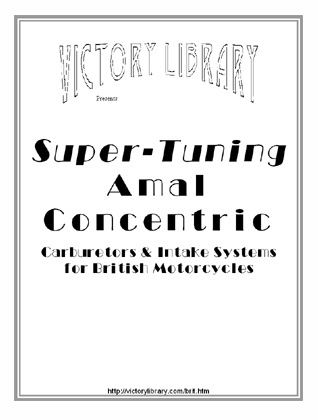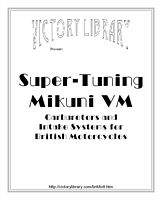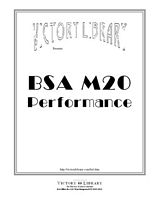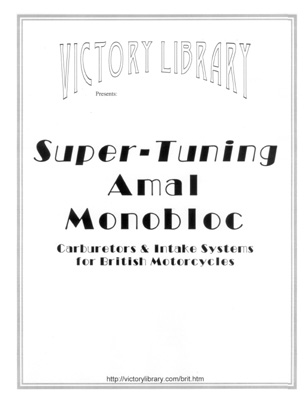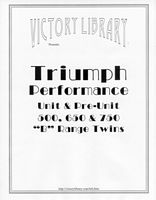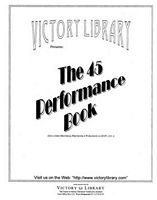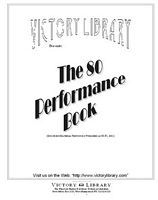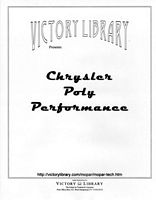| ||||||||||||||||||||||||||||||||||||||||||||||||||||||||||||||||||||||||||||||||||||||||||||||||||
Weight controlled by the suspension, and usually below the suspension, which forces it into contact with the road surface or other components, is unsprung weight.
Weight supported by the suspension, and usually above the suspension, which separates and isolates it from the road surface and other components, is sprung weight.
There appears to be some confusion concerning the definition and behavior of rotating weight. Many advantages that apply solely to reduction of rotating weight have been erroneously applied to reduction of unsprung weight. Among these are the concept that there is a ratio or formula that predicts a greater effect on the acceleration of a vehicle if weight is removed than the actual weight change; there is no single accurate formula (although some rough predictions provide useful information through a combination of generalities), and it does not apply to unsprung weight in any case. There are components on all vehicles that are both rotating weight and unsprung weight, but the effects are frequently, and improperly, combined and attributed to unsprung weight.
Lighter wheels, tires & brake rotors do have a very small additional benefit due to the lower amount of power required to rotate them (true of all rotating components), but this is not due to their classification as unsprung weight.
The unsprung vs. sprung weight percentage greatly affects wheel control, but its importance is almost entirely limited to un-even surfaces, or conditions where the attitude of the vehicle changes (such as through G forces). This is most important in off-road and pavement road racing, somewhat less important in dirt track, and has almost no value in drag racing. As the importance of suspension travel for proper wheel control diminishes, the value of reducing the unsprung proportion of the total chassis weight is lessened, and becomes zero if the suspension travel is zero.
Vehicles requiring precise control of wheel movement, where a low percentage of unsprung weight is an advantage, will have faster lap times and higher top speeds, not because unsprung weight reduction improves acceleration or top speed, but because traction is improved.
» Wheels, wheel bearings, tires, tubes & valves
» Brake rotors, calipers, pads, caliper brackets, flex hoses, etc.
» Fork lower legs, axle, damper rods, fluid, fender, speedo drive, etc.
» Rear hub, sprocket, cush drive, axle & adjusters, etc.
Imagine a swing-arm 20” long (pivot bolt to axle) with massive over (or under) bracing to re-inforce the pivot area, but much lighter twin beam rear section just large enough to house the axle. If the 50/50 rule applied, ½ of the total weight would be sprung (on the pivot end), and ½ of the total weight would be unsprung (on the axle end), based on a separation point located at the center of gravity.
This is an incorrect and misleading oversimpification, because the first 1” of the weight of the forward (pivot) end moves almost the same amount as the chassis, the next inch moves less, etc. and the final 1” of weight just before the rear axle hardly follows chassis movement at all - it’s tracking the unsprung rear wheel movement. The balance of chassis-to-wheel (sprung-to-unsprung) movement percentage doesn't have anything to do with the weight - it's based on a separation point located at the geometric center (10” in this case), where a molecule follows 50% of the chassis’s motion and 50% of the wheel’s. Clearly, splitting the motion based on weight will predict that this particular swingarm (and all others of conventional design) is half unsprung weight, even though most of the weight is sprung. This error causes large improvements to be predicted (which never take place) from weight reduction to the swing-arm, since most of the weight change is forward and sprung. 100 grams removed from the bracing has hardly any effect on the amount or proportion of sprung weight, whereas the predicted value is 50 grams.
The older tradtional British, American and European designs have much closer to 50/50 weight distribution (although still “nose-heavy”), since the need for more stiffness at the pivot was both underestimated and less critical when both power and tire sizes were more modest.




